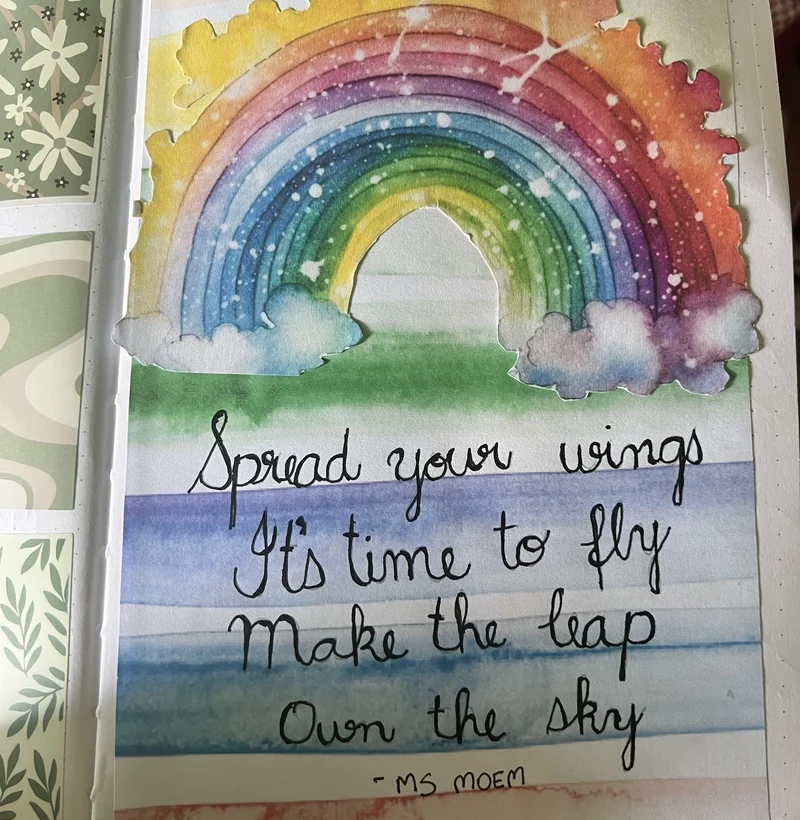Laura’s Mental Health Treatment Journey

Listen as Laura shares parts of her journey with treatments and therapies, including Cognitive Behavioural Therapy, Acceptance and Commitment Therapy, and Tapping Therapy..
Listen along below.
Laura lives on Quandamooka Country in Brisbane with her husband and two adult children. She was diagnosed with autism and ADHD at 50, after a long journey of self-discovery and unanswered questions.
In her discussion with Finding North, Laura shares that she spent a long time feeling burnt out, and reflects on the different treatments she’s tried—starting with her first experience of Cognitive Behavioural Therapy (CBT) during a stay in hospital.
“I found it a very hard concept to grasp,”
she says, explaining that she didn’t like feeling as though she was being told her way of thinking needed correcting.
As Laura takes us along her journey, she shares how some approaches didn’t quite fit, while others opened up new ways of thinking.
CBT (Cognitive Behavioural Therapy), for example, never really resonated with her. Even after giving it a second try through a three-week inpatient program, it still felt distant and unrelatable—though she recognises that many others have found it helpful.
It wasn’t until she was introduced to Acceptance and Commitment Therapy (ACT) that things began to shift. ACT gave Laura the space to explore her experiences in a way that felt more natural and on her own terms, and often from the comfort of her home, rather than within a clinical setting.
Laura was first introduced to ACT by a mental health nurse who visited her at home over several years. While she found some parts of ACT to be useful, others didn’t quite fit.
Laura talks about how, at first, sitting with distress was really challenging for her. But part of ACT is learning to stay with those difficult feelings, and over time, she came to realise that some feelings of distress won’t last forever. That understanding became a powerful turning point in her journey.
“Understanding distress and that it is not a permanent feeling has been such a massive breakthrough in how I have been able to maintain a more stable mental health.”
Laura expresses frustration that her trauma is often pathologised. While she experiences anxiety and is autistic, she resents being seen through a purely clinical lens. “Things have happened to me,” she says, and she prefers to view her experience with more depth and understanding, beyond labels.
She encourages people to try a variety of therapies, as everyone’s needs are different. Laura recommends focusing on evidence-based treatments and suggests the book The Happiness Trap, which breaks down the principles of ACT in an accessible way. She believes ACT can be especially useful for neurodivergent people, noting that some—like herself—struggle with CBT.
Laura also briefly explored tapping therapy after learning about it through someone she follows on Instagram. She attended one session to help her son but found it wasn’t suitable for him. However, she notes that tapping can be done independently at home or with a qualified practitioner, and encourages people to explore what feels right for them.
To stay well, Laura finds comfort in journaling and creating art. She doesn’t see psychiatrists as the only answer—while they play an important role when someone is very unwell, she believes they’re just one part of a much bigger treatment journey. Having worked with two psychiatrists over the past 13 years, Laura stresses how crucial it is to be your own advocate: ask questions, speak up about your medication, and take an active role in your care. Her message is clear—your journey is yours to shape.